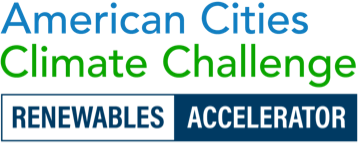America’s Federal Funding Opportunities and Resources for Decarbonization
This tool is primarily intended to streamline state, local, non-profit, and community efforts to increase understanding of eligible funding, tax credits, and other incentives relevant to your project, goals, and community. The tool focuses on decarbonization efforts, including electricity, transportation, buildings, and resilient energy systems. It does not exhaustively capture federal resources for other topics. Use the filters below to sort available funding sources automatically and focus on the funding sources relevant to your project, goals, and community. Then use the compare feature to select up to 4 programs most relevant to review side-by-side.
Updates
The AFFORD tool will be updated on a monthly basis until otherwise noted. This version of AFFORD was last updated in January 2024.
Learn More
For more information on the AFFORD tool, check out our Funding Guidance. Contact Matthew Popkin (mpopkin@rmi.org) or Alex Dane (alex.dane@wri.org) with any questions or feedback.
| New or Existing | Program Name | Purpose | Agency | Sub-Department | Eligibility Requirements | Matching | Funding Available | Max Award | Expected Allocations | Average Award | Deadline | Decarbonization Considerations | Equity Considerations | Helpful Tips | Other Notes | Only for Federal Emergency Declaration? | Webpage |
|---|
